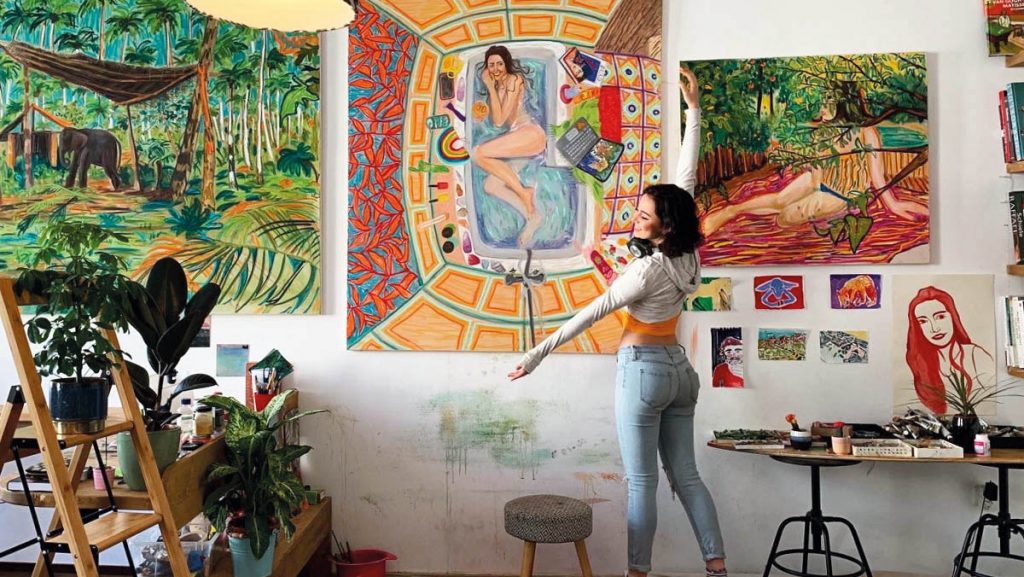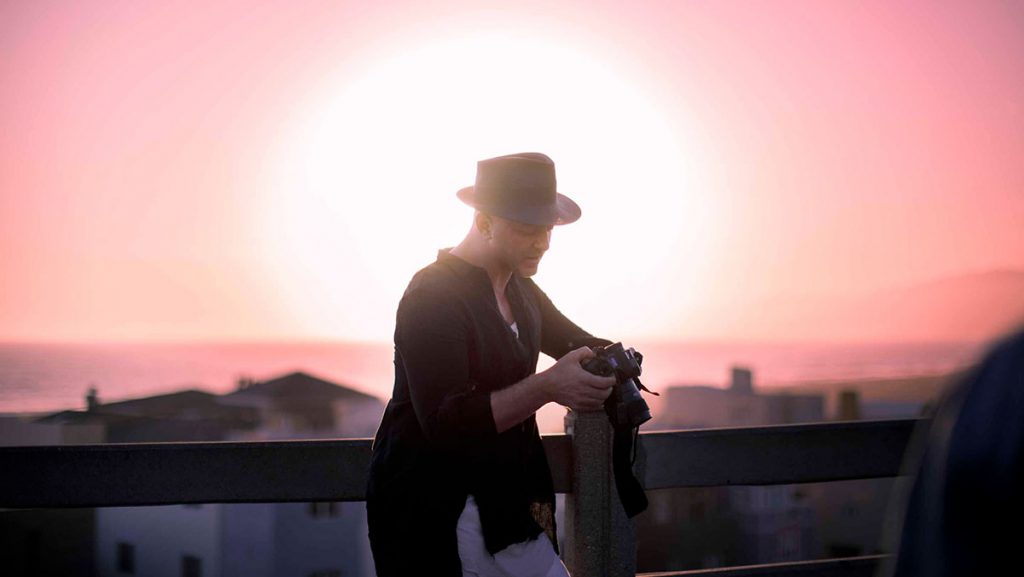How does it look this new home? How did you design it and how will all this be financed?
The third location will be ready in the late autumn of 2021. At the moment, we are closed because we are working on the interiors. After a private competition for the new architectural project of Casa Cicca Museum, between the duo PLSTCT (Grazia Mappa and Gabriele Leo) and Black Itay, I decided to choose the architects collective Black Italy, with the architects Luca Ruali and Mata Tomasello Trifilò. Their radical position in architecture, the relation with art, sound, and publishing firmly convinced me. They approached the project very interestingly: as a dual space connecting the multi-personality and the metamorphic essence of my practice and the one of Casa Cicca Museum. In this way, the guest will have the perception of the concept but in a tangible way.
Through its double form with two main flats in one, the project will show an ambiguity of a private-public space.
In financial terms, the museum visitors will have to pay a ticket at the entrance, exactly like in „real“ museums. They could also pay for a membership card, book a personal tour of the collection, stay for a consultation at the library which has a span of over 3,000 books, or even book some hours stay like an Albergo Diurno, or a „night in the museum“. The guests, who will sleep here, will enjoy independently one of the house halves, while in the other half will always happen other activities, library will be used, consultations and other varieties of meetings will take place, but when there are events and tours, the house’s whole space is to be experienced and used. I will also continue to work on some collaborations for new limited editions for the museum store. We enjoy the idea to have limited editions to sell by people and projects we like. And we will adopt projects like REPLICA, an archive book project curated by Lisa Andreani and Simona Squadrito, with a small section dedicated to artist’s books. This year, for example, we released a limited-edition calendar (there are 19 surprise contributions on this calendar pages, they are made by artists and project lovers who decided to donate a message, a thought, or a word dedicated to the 365 days of 2021). Some copies are still available. Then, I am doing a collaboration with Paolina Leccese and Leorosa world, working together on a new producta toilet set.
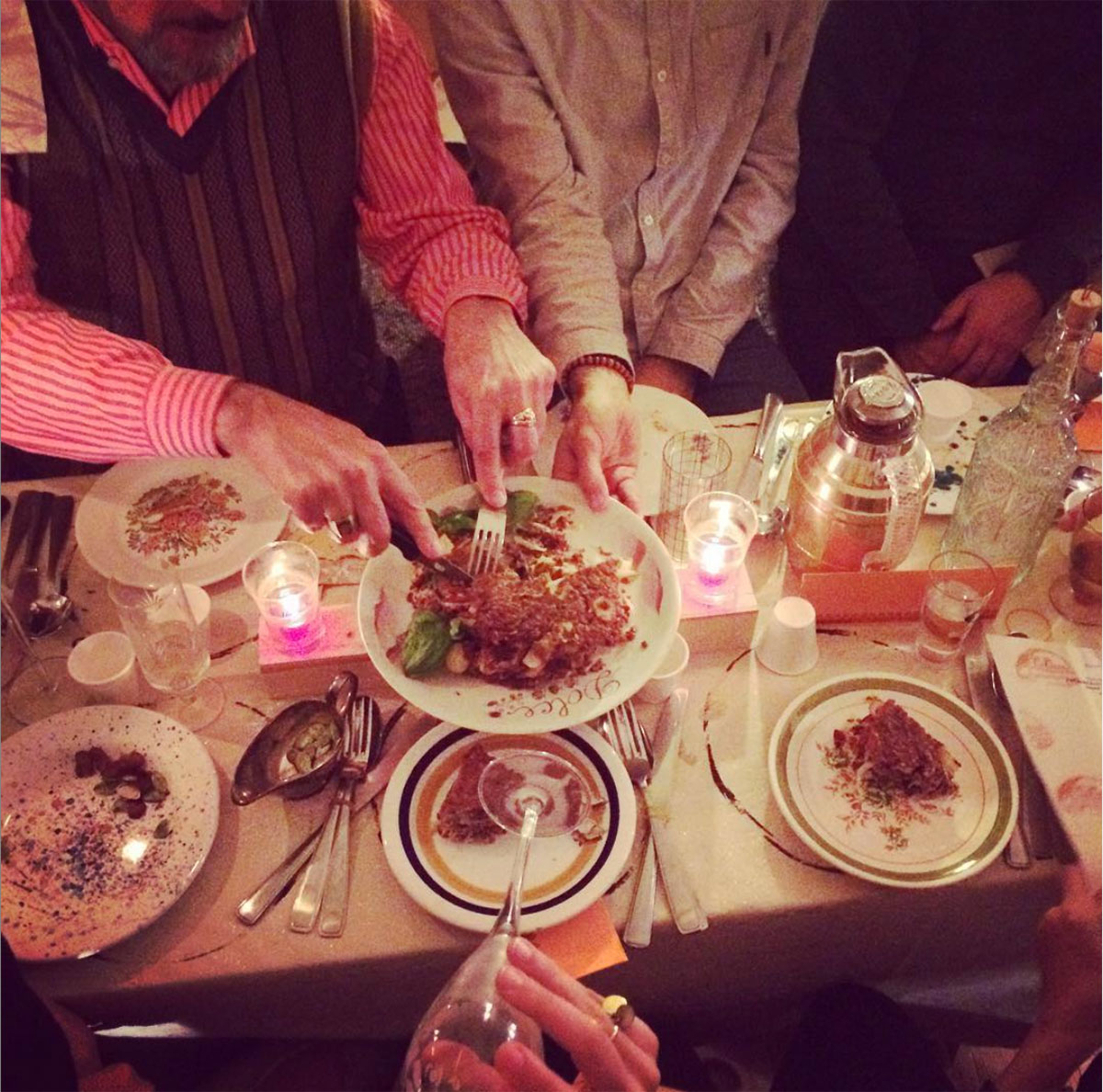
Cucicca will also continue. We are working on a new idea, where people could book for a ‘blind aperitivo’ and share time with people who they don’t know. After the pandemic, we have decided to put a lot of effort into working with our bodies‘ resilience, emotions, affectivity, and relations.
This is a very important point for me, and all coming activities will follow this concept. I want to create a real focus on our needs in the contest of Casa Cicca Museum Collection.
The house museum holds many objects, artworks, artifacts from artists, travelers, visitors. How do you select them, and are there any inventories that are conducted?
Since 2012 Museum Casa Cicca collects artworks and objects from guests of all kinds. They are donations. Of course, that each piece is part of an inventory, with some words and its history. However, no selection takes place.
The main idea is to trace the path of different people in this house – it is pivotal to live it as a fluid that brings traces and memories.
The museum has a metamorphic identity, could also change every day thanks to the guests, new stories and talks that happen in this house, and through the gifts that people leave to it.
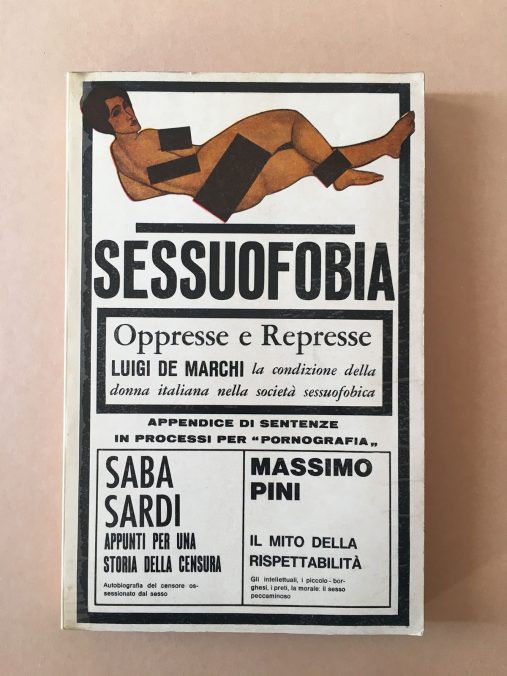
Library, Sessuofobia, 2021 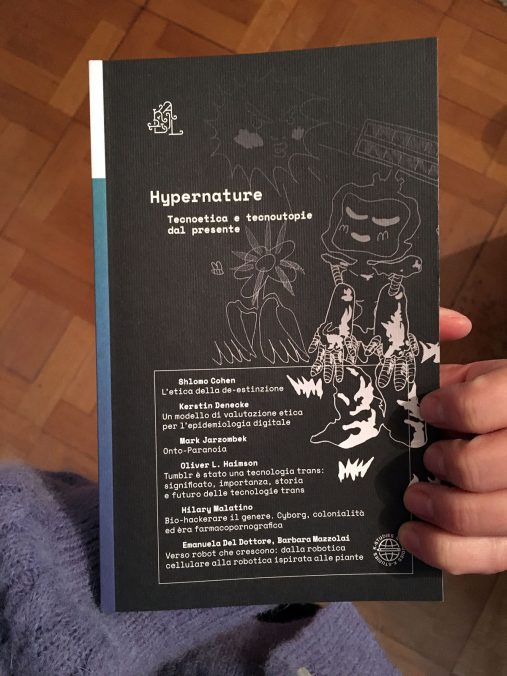
Collection, photo by Aparicio Paula, Opera Funding project 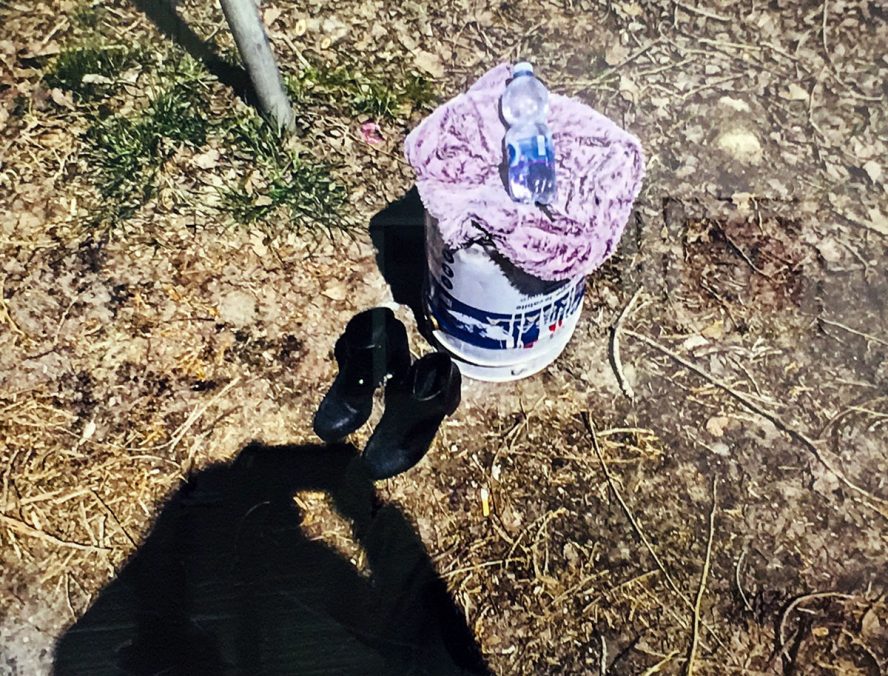
Library, Issue by Kabul Magazine, 2021
Collection, ‚Joe‘, photo of the project „RiScatti, per le strade mercenarie del sesso“, PAC Milano, 2020
Do you lend artworks or other artifacts to galleries, museums or institutions in Europe or worldwide?
Not yet, but it could be a nice idea.
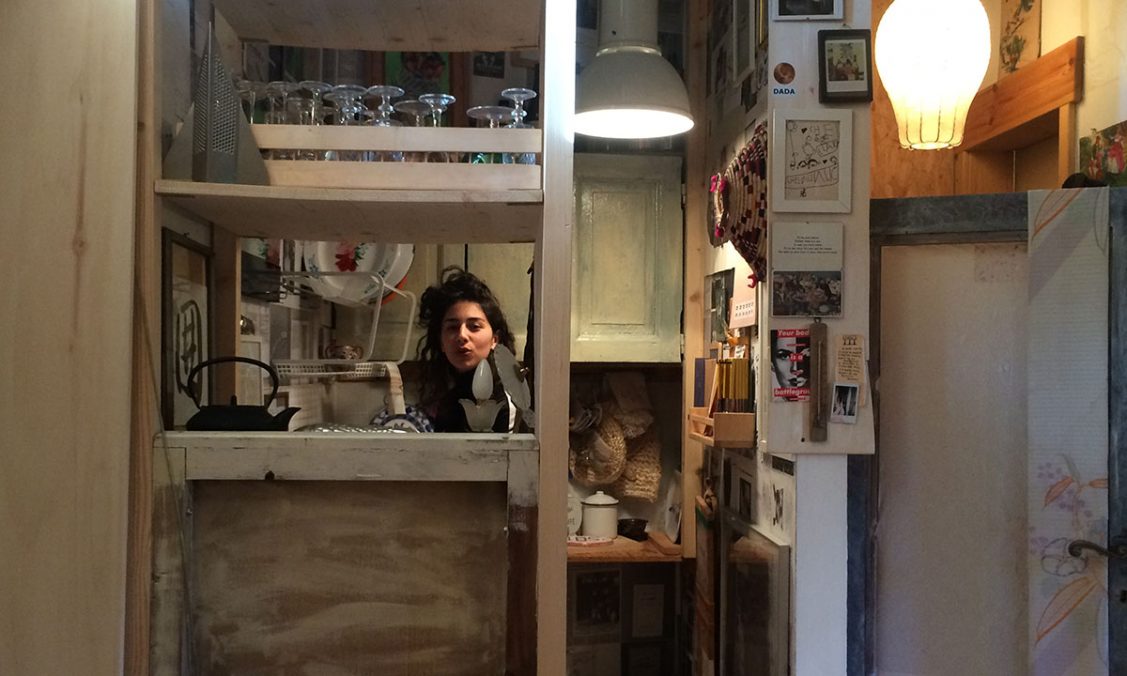
Casa Cicca Museum #1. Two guest from many. Courtesy of Casa Cicca 
Casa Cicca Museum #1. Two guest from many. Courtesy of Casa Cicca
Are there other referential house museums that have inspired you?
I started from the work of the artist Andrea Zittel, then passing through the beautiful experience of the Chambres d’Amis, curated by Jan Hoet in 1986 (Ghent), or the Museum of Innocence in Istanbul by the writer Orham Pamuk. I love to visit some house-museums of Milan such as Fornasetti house, Villa Necchi, Boschi di Stefano. Then I like the house Mollino in Turin, or historical houses like the one of Gustave Moreau, Giacometti, George Sand House in Paris and of course the Nietzsche House in Sils Maria, in Engadin. In this point, I can underline some important experiences that recognized and gave the right importance to the house as a starting point for art and new languages like Salotto in Prova in Milan run by the musician Sandra Scurani, Le Case d’Arte run by Pasquale Leccese and his new precious book My New Office (the gallery takes the name from Fortunato Depero), APT-ART INT, an international project of apt. curated exhibitions by Visktor Misiano in Moscow, or the book ‚Interno Domestico‘, about the history of exhibitions in private space published by Boîte edition (Giulia Brivio, Federica Boragina), . Ah… I have a long list ;)!

What is your travelling mindset?
I’m a restless person. I used to travel a lot, always, also at home. I used to invent places all the time, even if I stay at my desk with a pencil. I need to move and change perspectives, to put myself and my thoughts on a concrete daily discussion. I don’t have a studio, but I’m full of bags and notebooks, and always have a knife for specific needs (smiling). I love creating connections and exploring other people’s stories… I’ll never grow up. I’m still the kid in this warehouse full of boxes! I still feel that way.
But traveling is also staying in the same place with a new daily perspective, with a discipline and rhythm. It is not only taking a train. It is in our mind, in our simple gesture of what we call ‘attesa’ (waiting). If you move something happens.
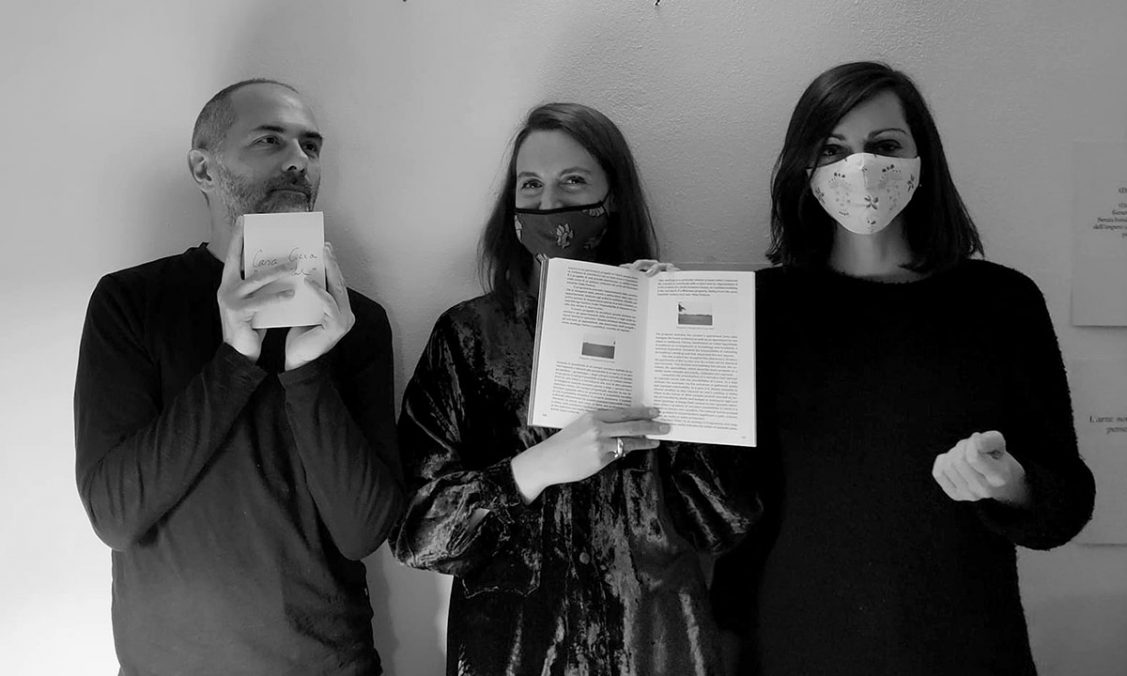
How did the pandemic go for you, which projects did keep you active? How was cultural life treated in Italy during the pandemic?
In Italy, culture has been forgotten for years. Politicians have never prioritised culture here. But culture is a priority to understand the world, our daily needs, ourselves. Culture is growth, that is different from progress.
Shops, churches, and supermarkets won on theatres, galleries, and research.
It’s important to create kinship, network, connections between the arts, and support each other without thinking only about our ‘stage’, our ‘career’.
We have to rethink languages and relations through arts, not only theoretical philosophies. This is the time to do it.
With this pandemic time we lived a different perspective of our daily life. Casa Cicca Museum was always in my mind when people during lives and talks were speaking about ‘the new relation with the house’. The house become our square, our garden, our restaurant… During the first lockdown, I asked several artists and friends around the world to give a short video for the virtual project ‘Clips d’Amis’, still visible on Instagram and Facebook. I worked with the architects on the new location. I used the lockdown and all this year to work more deeply on my research, finishing writing a book I started two years ago on the concept of ‘trasloco’ and metamorphic identity. Then I worked on a new project called Sonora, which is having as its genesis an idea of Francesca Frigoli (Phoebe Zeitgeist company). It is a podcast with a collection of sound fairy tales for children and adults: www.soundcloud.com/ilcantastorie. With my other identities Vegetal Import Festival and Traslochi Emotivi (that I have been creating since 2010), I continued working on some projects and collaborations like Second Wave curated by Sascha Brosamer in Berlin. I don’t stop. The ‘red shoes’ continue to dance, this time underlining the need to have art in my life, the only real ally I have in difficult times. *Giulia Currá is among others an artist, a mover, collector, curator, publisher, and a creator of independent entities.
Address and contact:
Casa Cicca Museum
Via Arquà 11, Milano
www.giuliacurra.it
www.instagram.com/casacicca/
About the Interviewer: Erka Shalari (*1988, Tirana) is a Vienna-based art author. She focuses on discovering independent young and emerging artists, unconventional exhibition spaces, and galleries that have deliberately broken new ground in their working methods. In this regard, she relies on unorthodox publishing practices, coupling these with a nonchalant manner of writing. The work oscillates between articles for magazines, exhibition texts and press releases.



